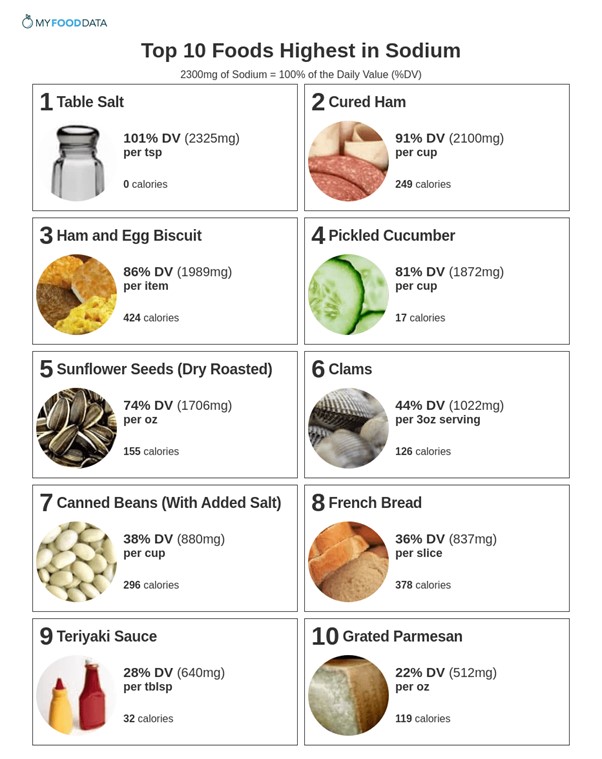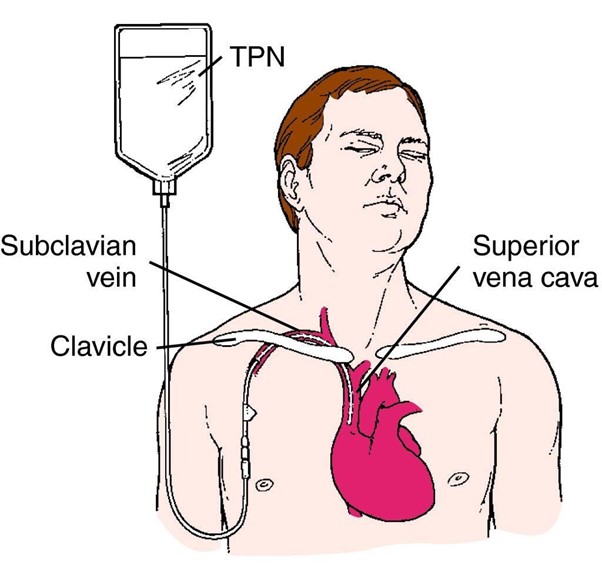A client who haemorrhaged following surgery has a haemoglobin of 10 g/dl. (6.21 mmol/L) and a haematocrit of 36% (0.36 volume fraction) 48 hours later. The client has now progressed to a soft diet and is eating oatmeal for breakfast. Which beverage should the nurse encourage this client to drink to increase iron intake?
Reference Ranges
Haemoglobin (Hgb) [Reference Range: Male: 14 to 18 g/dL or 8.7 to 11.2 mmol/L]
Haematocrit (Hct) [Reference Range: Male: 42% to 52% or 0.42 to 0.52 volume fraction)
Coffee.
Hot tea.
Orange juice.
Apple juice
The Correct Answer is C
Choice A
Coffee is incorrect. Coffee can inhibit iron absorption and is not a good choice for increasing iron intake.
Choice B
Hot tea is incorrect. Similar to coffee, some compounds in tea can interfere with iron absorption, making it less optimal for increasing iron intake.
Choice C
Orange juice is correct. Orange juice is a great choice as it is high in vitamin C, which can enhance the absorption of iron from plant-based sources like oatmeal. The vitamin C in orange juice helps convert non-heme iron into a form that is more easily absorbed by the body.
Choice D
Apple juice is incorrect. While apple juice is a source of fluids, it doesn't provide the same level of vitamin C as orange juice, which is important for enhancing iron absorption.

Nursing Test Bank
Naxlex Comprehensive Predictor Exams
Related Questions
Correct Answer is B
Explanation
Choice A
Bananas are incorrect. Bananas are naturally low in sodium.
Choice B
Ground sirloin is correct. For an older adult who needs to limit sodium intake, the nurse should encourage avoiding foods that are high in sodium. Processed meats, including ground meats like ground sirloin, are often higher in sodium due to added preservatives and flavourings. These additives can significantly contribute to sodium content. Encouraging the client to choose lean meats and to avoid processed meats can help reduce sodium intake.
Choice C
Cottage cheese is incorrect. While cottage cheese might contain some sodium, it's usually lower in sodium compared to processed meats.
Choice D
Broccoli is incorrect. Broccoli is a vegetable that is naturally low in sodium.

Correct Answer is ["A","B","C","E"]
Explanation
Choice A
Generalized nonpitting edema is correct. Nonpitting edema could indicate fluid retention, and it's important to assess for signs of fluid overload, electrolyte imbalances, or underlying cardiac issues.
Choice B
Hypoactive bowel sounds in all 4 quadrants is correct. Hypoactive bowel sounds could suggest gastrointestinal motility issues, which could be a sign of gastrointestinal complications related to TPN.
Choice C
Redness at intravenous site is correct. Redness at the intravenous site could be indicative of infection, infiltration, or irritation. It's important to assess for signs of infection and ensure proper IV site care.
Choice D
Urinary output greater than 30 ml per hour is incorrect. While increased urinary output could indicate adequate hydration, it's not typically a concerning finding unless there are other signs of fluid imbalance. Top of Form
Choice E
Frequent productive cough is correct. A frequent productive cough could indicate respiratory issues, including aspiration pneumonia, which can be a complication of TPN.

Whether you are a student looking to ace your exams or a practicing nurse seeking to enhance your expertise , our nursing education contents will empower you with the confidence and competence to make a difference in the lives of patients and become a respected leader in the healthcare field.
Visit Naxlex, invest in your future and unlock endless possibilities with our unparalleled nursing education contents today
Report Wrong Answer on the Current Question
Do you disagree with the answer? If yes, what is your expected answer? Explain.
Kindly be descriptive with the issue you are facing.
